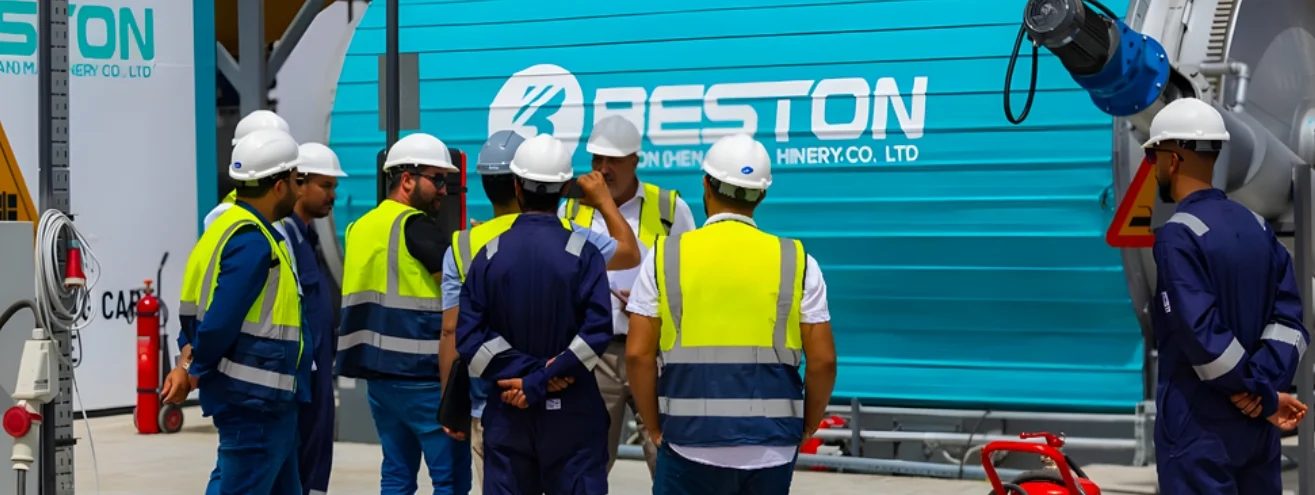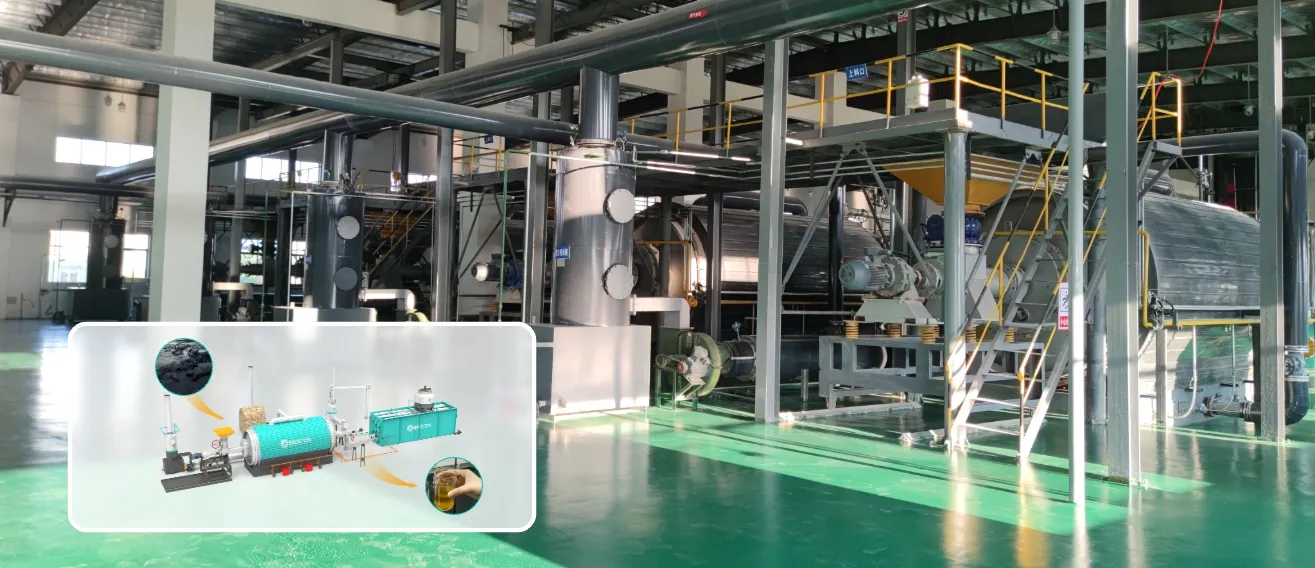The treatment of oil sludge has become an increasingly critical issue as the world faces mounting environmental challenges. Oil sludge, typically generated by industries involved in petroleum extraction, refining, and transportation, poses significant disposal challenges. Traditionally, oil sludge is treated through incineration, landfilling, or chemical treatments, all of which present risks to both human health and the environment. However, pyrolysis has emerged as a promising alternative for the eco-friendly treatment of oil sludge. This method not only mitigates harmful environmental impacts but also offers a range of ecological benefits.

Reduced Emissions and Pollution
One of the most significant ecological advantages of pyrolysis system is its ability to minimize the emission of hazardous pollutants. Conventional oil sludge disposal methods, such as incineration, often release toxic gases, particulate matter, and other harmful substances into the atmosphere. These emissions contribute to air pollution, posing risks to both the environment and public health.
In contrast, the pyrolysis process takes place in a sealed environment, preventing the release of harmful pollutants into the air. The absence of oxygen during pyrolysis ensures that the organic components of the oil sludge decompose thermally without combustion. This results in significantly lower emissions of carbon dioxide, carbon monoxide, and other harmful gases. By controlling the temperature and pressure within the pyrolysis plant, operators can further reduce the formation of volatile organic compounds and polycyclic aromatic hydrocarbons (PAHs), which are commonly associated with traditional incineration methods.
Waste Reduction and Resource Recovery
Pyrolysis treatment also contributes to waste reduction, a crucial factor in addressing global waste management challenges. Oil sludge, a complex mixture of hydrocarbons, water, and inorganic materials, typically ends up in landfills or is incinerated. These disposal methods not only consume valuable land resources but also generate additional environmental problems, such as soil contamination and the release of greenhouse gases.
By using a thermal desorption unit to treat oil sludge, the volume of waste can be drastically reduced. The process breaks down the oil sludge into valuable by-products, including bio-oil, syngas, and solid carbon residues (char). These products can be repurposed for various applications. For example, bio-oil can be used as a fuel source, syngas can be used for energy generation, and carbon char can serve as a raw material for industries like agriculture or carbon black production. This approach aligns with the principles of a circular economy, where waste materials are converted into valuable resources rather than being discarded.
Soil and Water Protection
The management of oil sludge in a pyrolysis plant offers critical advantages for soil and water conservation. Traditional disposal methods, such as landfilling or open burning, can lead to significant contamination of the surrounding environment. When oil sludge is improperly disposed of in landfills, it can leach toxic substances into groundwater, contaminating local water supplies. The persistent hydrocarbons in oil sludge can also degrade soil quality, impacting agricultural productivity and ecosystem health.
Pyrolysis, on the other hand, provides a controlled and sealed treatment environment, ensuring that no harmful residues are released into the soil or water. The solid carbon residue produced during pyrolysis, often referred to as biochar, can be repurposed as a soil amendment. Biochar has the ability to improve soil structure, enhance water retention, and increase nutrient availability, all of which contribute to healthier soil and more productive ecosystems.
In addition, the oil sludge pyrolysis plant reduces the risk of soil contamination from hazardous chemicals present in the sludge. The absence of harmful by-products like heavy metals and PAHs in the final outputs ensures that pyrolysis-treated materials do not pose long-term risks to the environment.
Energy Efficiency and Carbon Footprint Reduction
Another notable ecological advantage of pyrolysis treatment is its energy efficiency. Unlike traditional incineration, which requires large amounts of external energy to maintain high combustion temperatures, pyrolysis is an energy-positive process. The thermal decomposition of oil sludge generates syngas, which can be used to power the pyrolysis plant itself, reducing the need for external energy sources. This internal energy recovery makes pyrolysis a more sustainable and cost-effective method of waste treatment.

Furthermore, pyrolysis results in a smaller carbon footprint compared to conventional treatment methods. While incineration releases significant quantities of CO2 and other greenhouse gases into the atmosphere, pyrolysis mitigates these emissions. The carbon contained in the oil sludge is partially converted into biochar, which acts as a stable form of carbon storage, preventing its release into the atmosphere. This carbon sequestration process contributes to reducing the overall environmental impact of oil sludge disposal. Contact Beston Group Co., Ltd. for sustainable oil sludge recycling solutions.
Compliance with Environmental Regulations
As environmental regulations around the world become increasingly stringent, industries are under greater pressure to adopt sustainable waste management practices. Pyrolysis offers a solution that complies with both national and international environmental standards. Unlike traditional disposal methods that may generate harmful emissions or lead to the contamination of land and water, pyrolysis treatment produces fewer pollutants and helps meet stringent waste disposal regulations.
In many regions, the incineration or landfilling of oil sludge is being phased out in favor of more sustainable methods. The pyrolysis process meets these new regulatory requirements while providing a valuable opportunity for companies to demonstrate their commitment to environmental stewardship and sustainability.